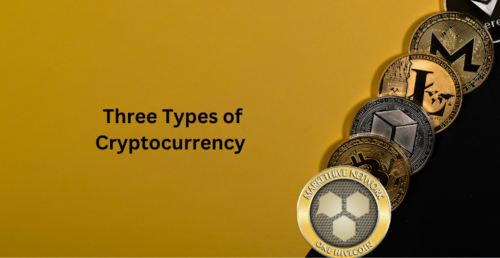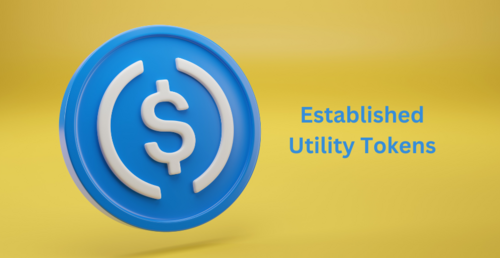
The Different types of Cryptocurrencies Explained

Cryptocurrencies have proven resistant to being stuffed into neat little boxes, but looking at their various use cases, coins like Bitcoin, Ethereum, USDC & Uniswap for example, are obviously very different from one another.
To muddy the waters further, some coins can be both a payment coin and utility coin, but let’s break down the cryptocurrency landscape into the three main cryptocurrency types today.

People and companies must be able to buy and pay for things using the coin to be considered a viable means of payment. To be able to do this, the coin must hold its value and be transferable from one person to another. Yep, Bitcoin is the obvious horse in this stable, just as it was originally intended by its creator(s) Satoshi Nakamoto. Litecoin and Bitcoin Cash also fall into this category, along with Ripple (XRP), which companies use to move money around the world more quickly and cheaply than if they did so using the traditional banking system.

Utility coins are similar to coupons at a fair. To ride the carousel you must purchase and produce a coupon. Companies that build their products on the Ethereum platform, for example, pay usage fees in Ether, the second-largest cryptocurrency and the native cryptocurrency of the Ethereum network. In this way, Ether serves a function and is a classic example of a utility coin.

A stablecoin is a cryptocurrency that operates on a blockchain like most other cryptocurrencies, but these coins are generally backed by another asset, usually a reserve currency like the Dollar. Take USD Coin (USDC) for example. For every USDC in circulation, the coin’s issuer, Circle, keeps $1 in its reserves. By doing this, Circle ensures that the value of 1 USDC is always $1.
Stablecoins serve various purposes due to their predictable and stable price. Traders use stablecoins to trade on exchanges, while they can also be used to send and receive money. Arguably, a stablecoin can also be considered a payment coin.


No, these definitions are loosely based on the function of each cryptocurrency. The SEC and other regulators globally have been struggling to legally define cryptocurrencies, in some cases recognising that a coin like Bitcoin is an outright commodity but arguing that many other coins are nothing more than securities acting as utility coins. The outcome of this conversation will have a profound impact on how specific cryptocurrencies are regulated.

The sticky thing is, and this is especially tricky for regulators, cryptocurrencies can be one and many things at the same time and evolve to become something completely different over time. Just look at Bitcoin. The coin started out as an alternative to traditional money, an outright payments coin, but is also used today as an investment, a store of value.
Many coins are initially little more than securities in that they are essentially tokenised company shares but often morph into utility coins as the business rolls out products that require the use of the coin native to its blockchain.
The above is a wood-for-the-trees take on the various types of cryptocurrencies. A more zoomed-in view may include subsections of the above three types, including DeFi tokens, governance coins, altcoins, memecoins, and so on. Many of the classifications overlap and are often one and the same.

Buy, store, and manage your investments with confidence
To Invest in Crypto, click HERE
Join Markethive - a Huge Community of Crypto Entrepreneurs (The First Market Network Built on Blockchain) click HERE
*This information should not be construed as a solicitation to trade. All opinions, news, research, analysis, prices or other information is provided as general market commentary for information purposes only and is not investment advice or recommendation. We always advises you to obtain your own independent financial advice before investing or trading in cryptocurrency.
.png)
About: Andries vanTonder
Over 40 years selfemployed
He is a Serial Entrepreneur, an Enthusiastic supporter of Blockchain Technology and a Cryptocurrency Investor
Find me at my Markethive Profile Page | My Twitter Account | My Instagram Acount | and my Facebook Profile.
.png)
